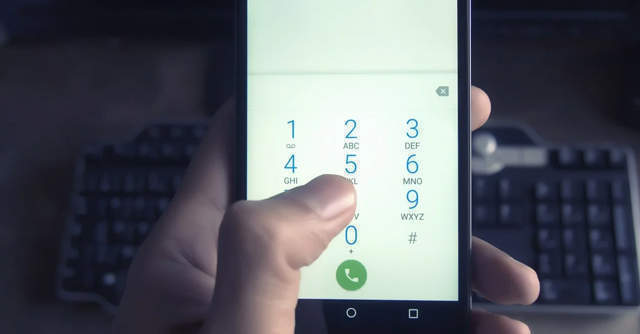
DoT says it sought call data records to address network complaints


The Department of Telecommunications (DoT) has issued a statement clarifying that it sought anonymised call data records (CDRs) of mobile subscribers only to address complaints regarding poor network.
The clarification comes after a report in The Indian Express raised questions on government surveillance and alleged violation of user privacy guidelines mandated by the Supreme Court, as the DoT had asked local telecom operators for CDRs on specific days for the past few months.
The article, which was published on Wednesday, said that the DoT’s local units had sought CDRs in New Delhi, Haryana, Himachal Pradesh, Jammu and Kashmir, Punjab, Madhya Pradesh, Kerala, Odisha and Andhra Pradesh circles.

On February 12, telecom industry body Cellular Operators Association of India (COAI) had flagged the issue to the DoT secretary Anshu Prakash.
However, a statement issued by the COAI after the article was published, said that the telecom department had discussed with it the surveillance concerns mentioned in the letter and said that the information was sought to address call drops.
“The DoT has reiterated that the data sought does not contain personal information like names and addresses of the subscribers, or the names of the persons to whom the calls are made,” Rajan S Mathews, director general of COAI, said in the statement.

He added that analysis of the data received from a tower base station receiver would help determine dark spots where calls were made repeatedly within 30 seconds.
The news report also said the COAI had, in its February letter, alleged violation of privacy norms as the standard operating procedure was not followed. However, the DoT has clarified that the data was sought under Rule 419 of the Indian Telegraph Rules, 1951, and due procedure was followed.
